DTU Space Radiation Detector Laboratory
High Resolution Detector Development for High-Energy Astrophysics
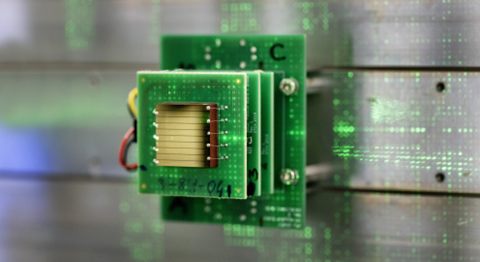
Contact
Irfan Kuvvetli Professor irfan@space.dtu.dk
Denis Tcherniak Electronics engineer dtch@dtu.dk
Carl Budtz-Jørgensen Senior Researcher Emeritus cbud@dtu.dk
Over the past decade, our research and development efforts have reshaped radiation detection technology. We have significantly improved detector performance for space applications, enhancing spatial, spectral, and temporal resolution. Our accomplishments are grounded in rigorous theoretical modeling, allowing us to optimize detector electrode geometry and create advanced algorithms for 3D interaction position determination and energy correction.
Projects
We do research in detector and instrument development for the future high energy astronomy missions, which can allow early participation in the missions for the astrophysicists, and thus define the science.
Although originally developed for use in astrophysical missions, we also exploit the multi-use ability of the detector systems , e.g. within Nuclear Medical Imaging and Homeland Security. The excellent fine resolution both in position and energy makes the detector systems very versatile and attractive for several purposes.

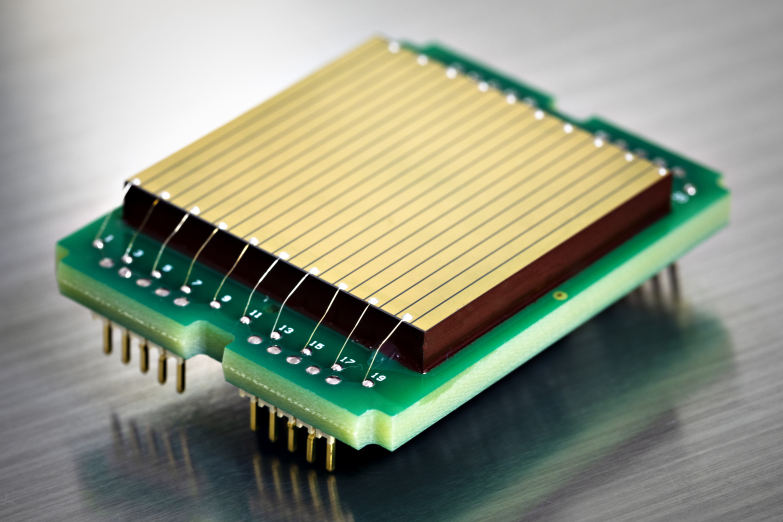
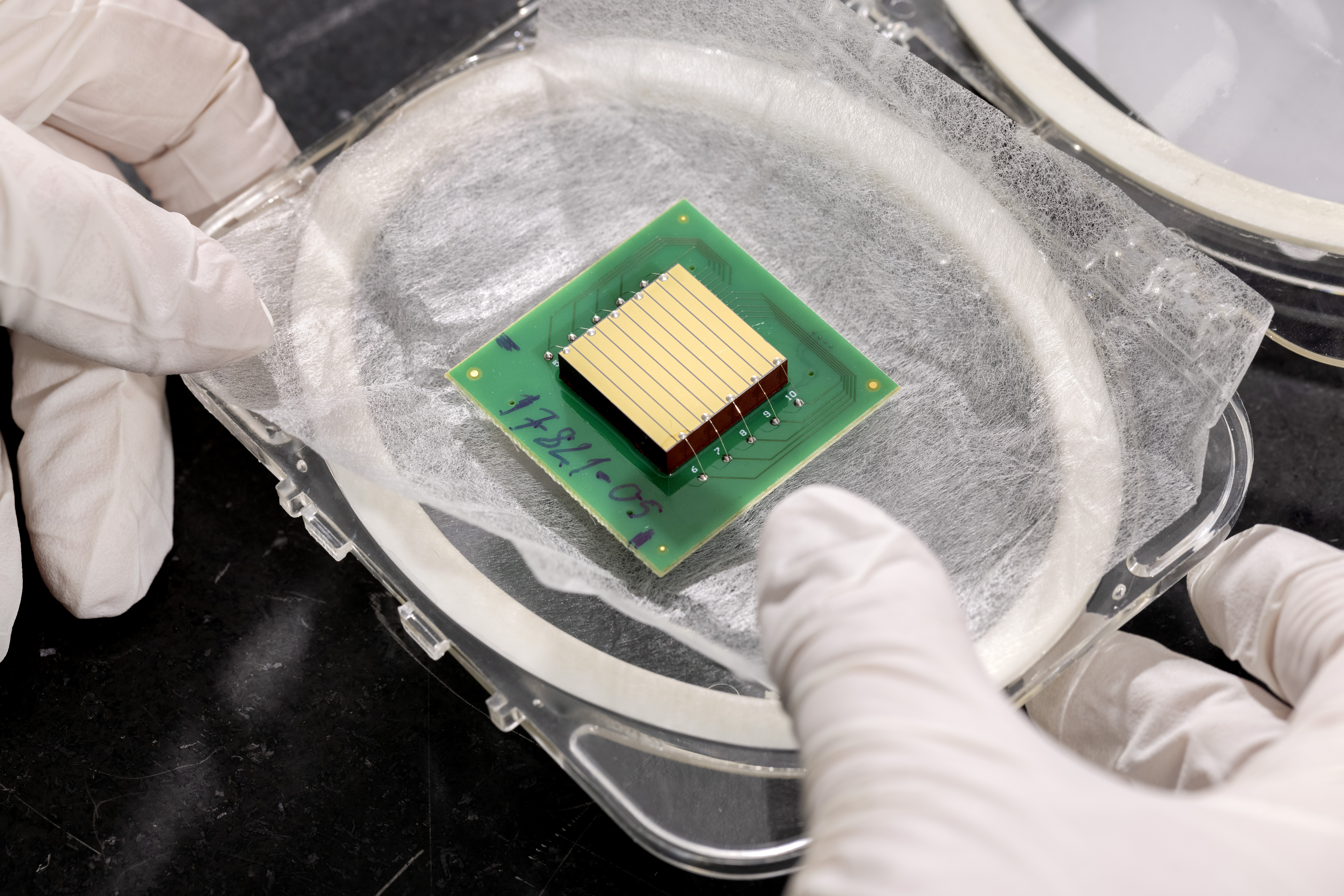
The development of the 3D CZT drift strip detector required substantial effort. Its unique electrode geometry shields anodes from problematic hole movement in CZT. Thin anode strips, separated by negatively biased drift strips, guide electrons toward an anode, while segmented cathode strips are situated on the opposite side. This distinctive electrode configuration enables the use of specialized spatial position algorithms, making the detector heavily dependent on electron charge transport.
Recent prototypes have impressively demonstrated sub-millimeter position resolution (<0.5 mm @ 662 keV) in 3D, coupled with excellent energy resolution (best result <1% @ 662 keV). These prototypes have validated that the spatial positioning algorithm can be extended to identify Compton interactions within the same detector volume, which makes the detector a good candidate for Compton Camera space telescopes.

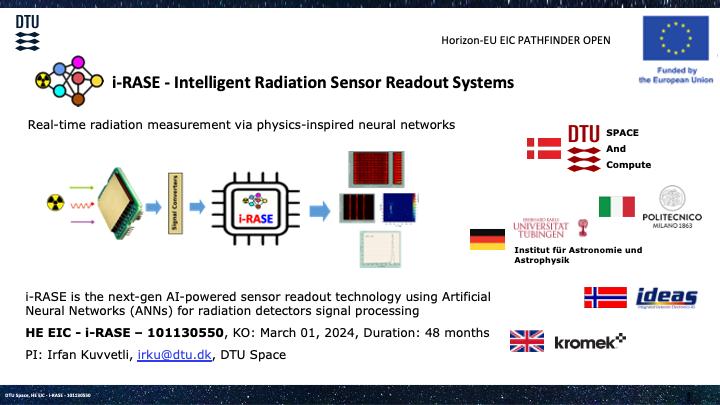
Athena
The Advanced Telescope for High Energy Astrophysics (ATHENA) mission was selected as the L2 mission in June 2014 by ESA, within the Cosmic Vision 2015-2025 program, focusing on the Hot and Energetic Universe scientific theme.
The mission study restarted in November 2023 following the endorsement of the NewAthena mission concept by the ESA Science Program Commitee. Payload design activites are continuing, while industrial activities are baselined tor resume in spring 2024. Mission "Adoption" is scheduled for early 2027. The ATHENA payload is currently under Phase A study.
The main DTU Space contribution is the development of the Analog Interface Board (AIB) for the ICPU of the WFI instrument on Athena payload. The AIB monitors the WFI instrument health and controls its thermal condition and create and provide House Keeing (HK) data to the ICPU.
DTU Space activity (2021-2024): Athena/WFI AIB, Phase B2 (2021-2024), development of an AIB-EM model: The Athena / Wide Field Imager (WFI) Analog Interface Board (AIB) team at DTU Space has been working on the definition, design, manufacture and testing og the Bread Board (BB) and Engineering Models (EM) of the AIB since 2018.
Theseus
The Transient High Energy Sky and Early Universe Surveyor (THESEUS) mission has been selected by the ESA as one of the three mission concepts to be studied for the next Medium (or 'M-class') missions.
THESEUS scientific payload contains multi-instruments for transient and multi-messenger astronomy. It will focus on the most distant Gamma Ray Bursts (GRBs) and on other extreme energetic transients. The main goals of the mission are the exploration of the high redshift Universe through the explosions of the ancient first massive stars and the identification of Gravitational Wave (GW) counterparts to fully exploit the potential of multi-messenger astronomy.
The instruments on board include an X-Gamma Imaging Spectrometer (XGIS), a lobster-eye Soft X-ray Imager (SXI), and a 0.7 m class InfraRed (IR) Telescope.
DTU Space team stands as a key contributor to the XGIS instrument on THESEUS, spearheading the design, electronics, integration, testing, and software development for XGIS DHU. Leveraging extensive expertise from previous missions like ESAs ASIM, DTU Space plays a crucial role in developing cutting-edge instruments, such as the Modular X- and Gamma-ray Sensor (MXGS) and the Data processing Unit (DPU), showcasing advanced capabilities in triggering Terrestrial Gamma-Flashes (TGF) with proprietary On-Board Software (OBS).
DTU Space detector laboratory focuses on aspects from detector design to experimental characterization and evaluation of detector modules. Furthermore, the detector group investigates implementation and optimization of the DTU Space developed detector modules in Space application through advanced, in-orbit instrument simulations.
At DTU Space Detector laboratory, we are pioneering advancements in radiation measurement with a specific focus on critical applications, including future scientific space instrumentations and missions. Our innovative initiatives have yielded novel detector technologies and algorithms, significantly enhancing the performance of state-of-the-art high-resolution spectral-imaging semiconductors. These breakthroughs facilitate the extraction of additional information from incident radiation, encompassing Compton imaging, interaction type identification, and radiation type characterization.
Our state-of-the-art technologies and methodologies incorporate AI-powered readout systems and signal processing through artificial neural networks (ANN) to achieve near real-time detector sensor output. This eliminates the necessity for offline data processing and analysis, thus optimizing efficiency and accuracy in radiation measurements.

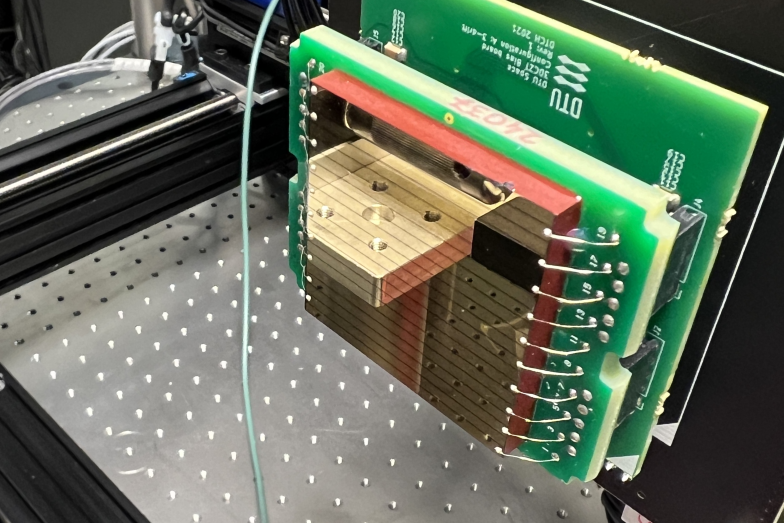
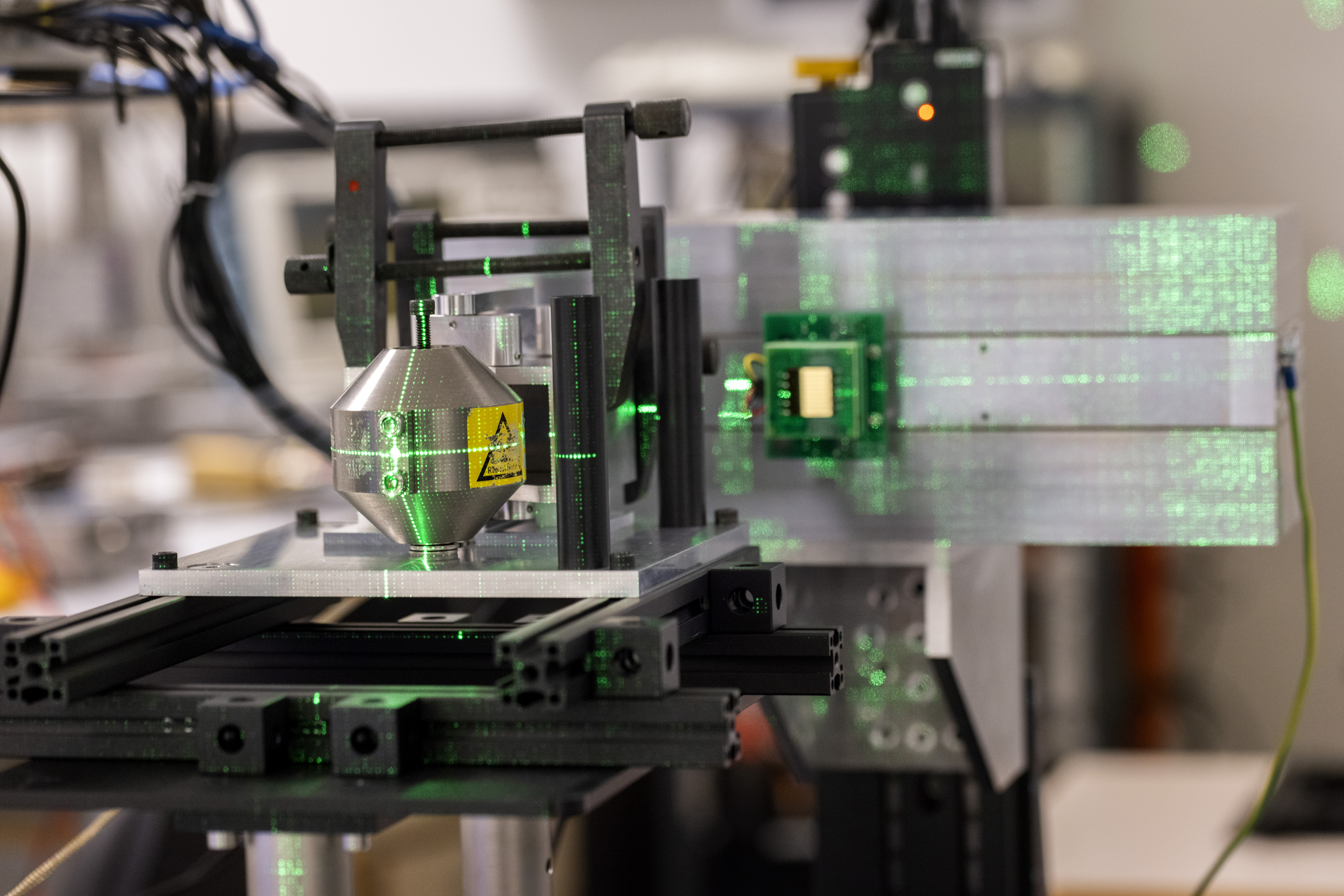
A new course is currently under design for "Radiation Detection and Measurement in Space Applications".